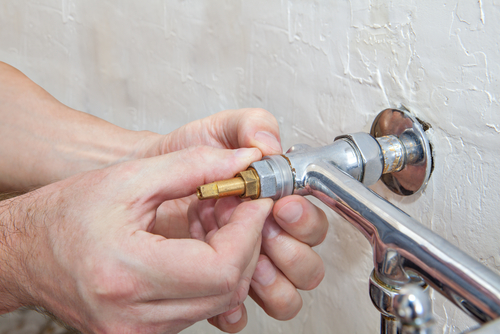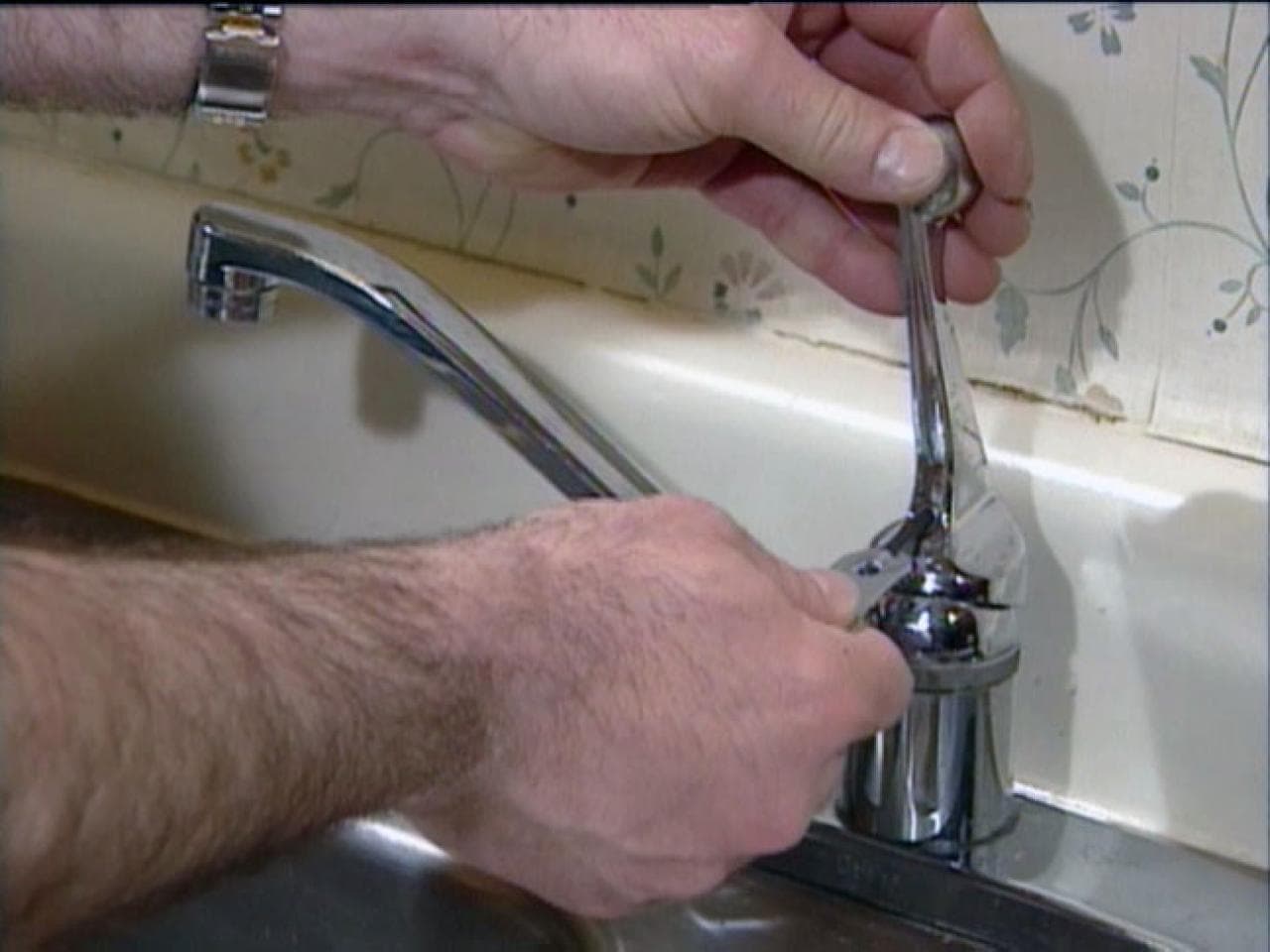This post following next relating to How to Fix a Dripping or Leaky Faucet is exceptionally enlightening. Read it yourself and figure out what you think about it.

Trickling faucets could seem like a minor inconvenience, yet their impact goes beyond just the nuisance of the sound. From drainage to incurring unnecessary financial costs and wellness threats, ignoring a dripping tap can lead to numerous effects. In this post, we'll explore why it's essential to resolve this typical household problem quickly and properly.
Waste of Water
Ecological Impact
Dripping faucets contribute substantially to water waste. According to the Epa (EPA), a solitary tap trickling at one drip per second can waste greater than 3,000 gallons of water per year. This not just pressures water resources however additionally affects communities and wild animals dependent on them.
Step-by-Step Overview to Fixing a Dripping Faucet
Devices Called for
Before attempting to repair a trickling faucet, gather the needed devices, including an adjustable wrench, screwdrivers, replacement parts (such as washing machines or cartridges), and plumber's tape.
Common Tap Issues and Their Solutions
Recognize the kind of tap and the details concern triggering the drip. Common troubles consist of damaged washers, rusty shutoff seats, or damaged O-rings. Describe supplier instructions or on the internet tutorials for step-by-step assistance on repair work.
Financial Prices
Raised Water Bills
Past the ecological impact, dripping faucets can inflate water expenses considerably. The collected waste in time converts right into higher energy expenditures, which could have been avoided with timely repairs.
Potential Property Damage
Additionally, extended dripping can cause harm to components and surfaces bordering the tap. Water buildup can trigger discoloration, rust, and even structural concerns if left neglected, resulting in added repair work expenses.
Health and wellness Issues
Mold and Mildew Development
The continuous presence of wetness from a dripping tap creates a suitable setting for mold and mildew development. These fungis not only endanger indoor air quality yet also present health dangers, especially for individuals with respiratory problems or allergies.
Waterborne Conditions
Stationary water in dripping taps can become a breeding ground for germs and other pathogens, boosting the threat of waterborne illness. Pollutants such as Legionella germs thrive in stagnant water, potentially resulting in significant ailments when ingested or breathed in.
DIY vs. Specialist Repair work
Benefits and drawbacks of DIY Fixing
While some might attempt to take care of a trickling tap themselves, do it yourself fixings feature their very own set of challenges. Without correct understanding and tools, DIY attempts can aggravate the problem or result in incomplete fixings, prolonging the problem.
Benefits of Hiring a Specialist Plumber
Employing a professional plumber makes certain that the underlying root cause of the dripping faucet is addressed efficiently. Plumbing technicians possess the competence and equipment to identify and repair tap issues successfully, saving time and lessening the risk of additional damage.
Ecological Duty
Specific Contribution to Preservation
Taking duty for dealing with trickling taps aligns with wider initiatives toward water conservation and ecological sustainability. Every individual's activities collectively make a considerable effect on preserving valuable resources.
Sustainable Living Practices
By prioritizing prompt repairs and adopting water-saving practices, people add to sustainable living methods that benefit both present and future generations.
Preventive Measures
Routine Upkeep Tips
To avoid trickling faucets, execute regular upkeep such as cleansing aerators, checking for leakages, and changing damaged parts quickly. Furthermore, consider installing water-saving devices or upgrading to more effective components.
Importance of Prompt Repair Works
Dealing with dripping taps as soon as they're observed prevents further water wastefulness and prospective damages, ultimately conserving both water and cash over time.
Impact on Residential Property Worth
Perception of Well-Maintained Property
Preserving a home in good condition, consisting of addressing upkeep concerns like trickling faucets, enhances its perceived value and desirability among prospective buyers or tenants.
Influence on Resale Worth
Features with well-kept plumbing components, including faucets, command greater resale worths in the property market. Resolving dripping faucets can add to a positive perception during residential or commercial property inspections and arrangements.
Final thought
Dealing with a leaking tap exceeds plain convenience; it's a vital action towards conserving water, reducing economic expenses, and guarding wellness and building. Whether with do it yourself repair services or expert assistance, taking action to repair trickling faucets is a little yet impactful means to promote responsible stewardship of resources and add to a healthier, more sustainable future.
How to Fix a Dripping or Leaky Faucet
A leaking faucet is one of the most common problems that homeowners encounter, but it being commonplace doesn’t make it any less annoying. The constant drip drip drip of a leaking bathtub faucet, showerhead, or sink tap can disturb your home’s serenity. Left neglected, a dripping faucet can also result in higher water bills and discoloration or mold growth in your sink or plumbing fixtures.
Fortunately, you don’t have to be a trained plumber to know how to stop a dripping faucet. With some basic tools, replacement parts, and a little patience, leaky faucet repair is a breeze. In this article, we’ll explain what causes dripping faucets and how you can fix them.
What Causes a Leaking Faucet?
Kitchen and bathroom faucets come in all manner of designs, but most involve some combination of valves, O-rings, seals, and washers. The O-ring is usually the weakest link, but any one of these pieces can wear down over time. Heat, moisture, temperature fluctuations, minerals, mold, and movement can contribute to warping and corrosion, breaking the watertight seal. This just comes with the territory of being a homeowner. Everything is always subject to wear and tear, and some component parts of your appliances and fixtures need to be replaced on occasion. At least replacement O-rings are cheap!
More rarely, dripping faucets can be a symptom of excessively high water pressure. Were this the case in your home, you would probably notice that the leak is not isolated to one faucet. Water pressure issues are harder to resolve on your own. We recommend contacting a professional plumber if you suspect your water pressure is too high.
How to Fix a Dripping Faucet
Pipe wrench or monkey wrench Allen wrench set Screwdrivers Old towel or rag Shut off the water.
Before you do anything, you need to turn off the water to keep from drenching your kitchen or bathroom. You should find a valve under the sink and against the wall. Once you’ve turned this valve, try turning the faucet on to confirm that the water source has been cut off.
If you can’t locate your local valve for the faucet you’re working on, you can always shut off the water to the house at the main valve. Of course, this will prohibit anyone from using the sinks, showers, or toilets while you’re working on the faucet that’s giving you trouble.
Plug or block the drain.
You’ll be disassembling the faucet and removing some small bits of hardware. Plug the drain with a stopper or rag to avoid the possibility of a small screw falling into your P-trap.
Take apart the faucet assembly.
There are several varieties of kitchen and bathroom faucets, each with its own manner of assembly. For detailed instructions on how to disassemble your faucet, you can refer to the fixture’s manual or contact the manufacturer. If you know whether you have a ball, disc, cartridge, or compression faucet, you can find detailed schematics online.
In general, you need to begin by removing the faucet handles. You might notice a small screw that you’ll need to remove with a screwdriver or Allen wrench. If you don’t see any visible securing hardware, it’s likely hidden under a decorative cap that can be unscrewed or popped off with flathead screwdriver.
Remove each piece methodically, consulting a schematic when necessary. Take notes or arrange the pieces in such a way to make it easier to correctly reassemble the faucet later.
Remove the cartridge.
Once you’ve removed the handles and securing hardware, you should be able to remove the valve cartridge or stem. Some cartridges will slide right out. Other faucet models will require you to loosen a nut with a pipe wrench before you can remove the valve stem.
Examine the exposed hardware.
With the cartridge or stem removed, inspect the component parts. Check the rubber O-rings for wear and tear. Also examine the seat washer for corrosion or other damage. These pieces are usually the responsible parties for a dripping faucet, but it’s worth inspecting the other component parts while you have the faucet disassembled.
Find replacement parts.
Once you’ve identified which faucet component has failed, find an identical replacement. Your local hardware store should have O-rings, seat washers, and other standard components in stock. If you have a luxury or uncommon faucet, you may have to contact the manufacturer for a replacement part.
It’s a good idea to take your old parts with you to the hardware store so you can compare them with the store’s inventory and be sure you’re purchasing the correct replacement.
Reassemble the faucet.
With your new parts in hand, reconstruct the faucet and handles. Don’t be tempted to overtighten screws or nuts. You might think this could create a better seal, but it can instead damage or bend a delicate part of the assembly and create a new problem for you.
Turn on the water and test the faucet.
The only thing left to do is test your work. Unplug the sink, turn the water back on, and try the faucet. Congratulate yourself on a job well done!
https://www.libertyhomeguard.com/how-to-fix-a-dripping-or-leaky-faucet/

Do you enjoy reading up on What Causes Leaky Faucets & How To Fix Them? Give a remark down below. We'd be glad to hear your feelings about this blog. We hope to see you back again in the near future. I beg you take the opportunity to distribute this write-up if you liked it. I enjoy your readership.